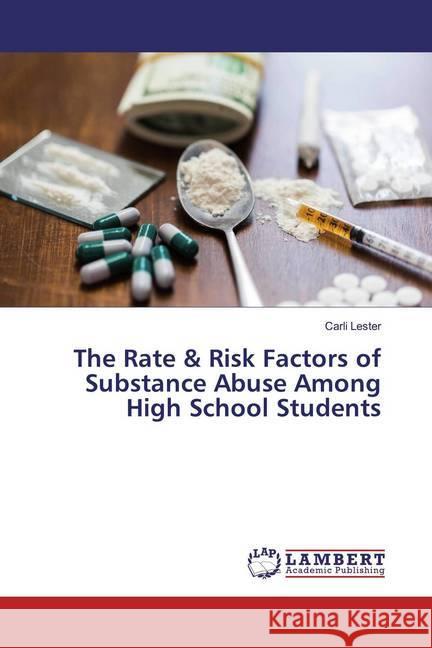The Rate & Risk Factors of Substance Abuse Among High School Students » książka
The Rate & Risk Factors of Substance Abuse Among High School Students
ISBN-13: 9786139882601 / Angielski
This study investigated the rate and predictors, as suggested by the prototype-willingness model, of adolescent substance use among a sample high school students from the eThekwini and Ugu regions of KwaZulu-Natal. Through the use of non-probability convenience sampling, the final sample consisted of 162 Black (53.1%, N = 86), White (29.0%, N = 47)), Indian/Asian (12.3%, N = 20) and Coloured/Mixed Race (4.3%, N = 7), high school students, aged 14-17 years old (mean age = 15.5). Data was collected via self-report questionnaires, administered by the researcher during the Life Orientation period at the schools. Chi-square analyses and t-tests were conducted to investigate the associations and differences in scores in relation to predictor variables (gender, age, ethnicity, socioeconomic status, perceived social support, peer and parental substance-use behaviours, attitudes, subjective norms, risk images, behavioural intention and behavioural willingness) on both current and lifetime use of alcohol and of other illicit substances. Finally, logistic regression models were fitted to determine the significant predictors of adolescent alcohol and substance use.











